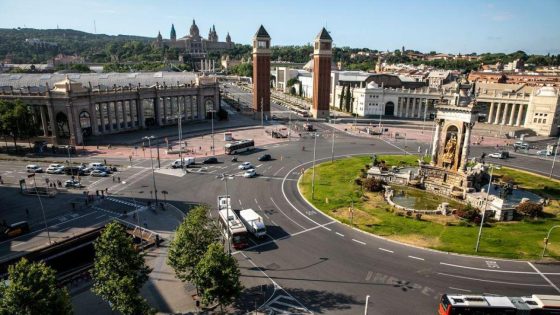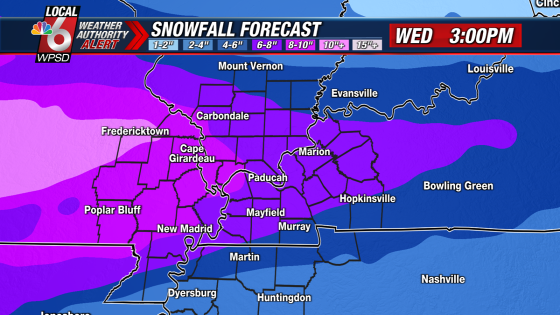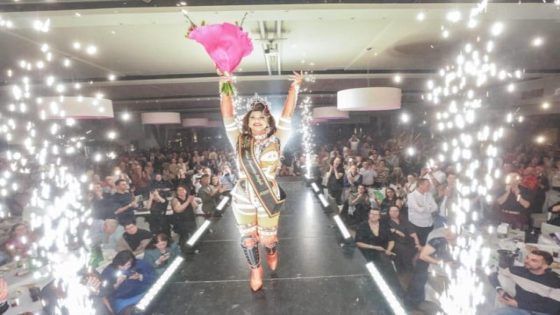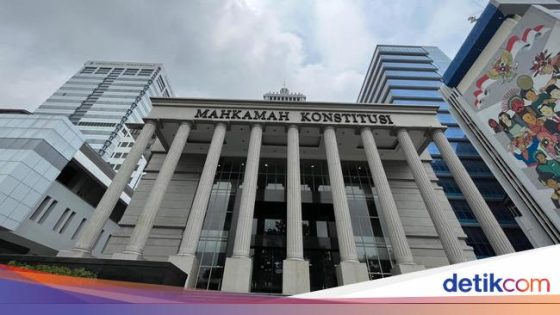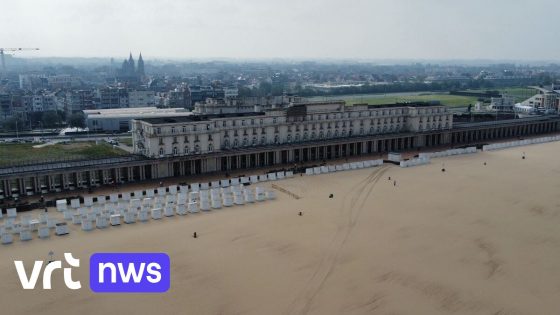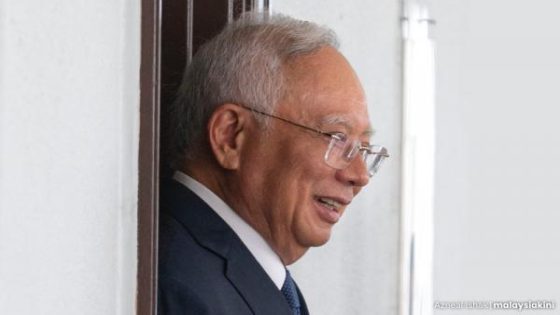The Barcelona City Council is set to embark on a major transformation of the Montjuïc area, marking the third significant renovation since the 1929 International Exhibition and the 1992 Olympics. This ambitious project aims to enhance the iconic Plaça d’Espanya and the Avinguda de la Reina Maria Cristina, with plans extending until 2035.
- Barcelona plans third transformation of Montjuïc
- Budget of 2.8 billion euros allocated
- New pedestrian axis to be created
- 12,000 protected housing units announced
- Metro line 2 extension to Montjuïc
- Revitalization of Plaza España and surroundings
With a budget of €2.8 billion, the initiative will see 25% funded by the city. Will these changes create a more vibrant and accessible urban space?
Barcelona’s Montjuïc Area Set for Major Renovation and Accessibility Improvements
What does the future hold for Barcelona’s Montjuïc area? The city is gearing up for a transformative project that promises to revitalize one of its most famous landmarks. The renovation will not only enhance the aesthetics but also improve accessibility for pedestrians. As urban living evolves, how will these changes impact residents and visitors alike?
Key Features of the Montjuïc Renovation Project in Barcelona
This extensive renovation project includes several exciting features aimed at improving the Montjuïc area:
- Revamping Plaça d’Espanya to create a more pedestrian-friendly environment.
- Extending the metro Line 2 to enhance public transport access.
- Building 12,000 protected housing units around Montjuïc.
- Restoring the historic Palau d’Esports, which has been unused since 2000.
Transforming Public Spaces: The New Pedestrian Axis in Barcelona
The new pedestrian axis will connect key areas around Montjuïc, making it easier for residents and tourists to navigate the city. This initiative aligns with global Trends prioritizing walkable urban environments. By reducing vehicle traffic, the city aims to create a safer, more enjoyable experience for everyone.
Future Developments: Housing and Cultural Spaces Around Montjuïc
In addition to public space enhancements, the project includes plans for 12,000 protected housing units. This initiative is crucial for addressing housing shortages in urban areas. Furthermore, the expansion of cultural venues like the Sant Jordi Club will allow for larger events, fostering a vibrant community atmosphere.
As Barcelona embarks on this ambitious transformation, it sets a precedent for cities worldwide. Will other urban centers follow suit, prioritizing accessibility and vibrant public spaces?



